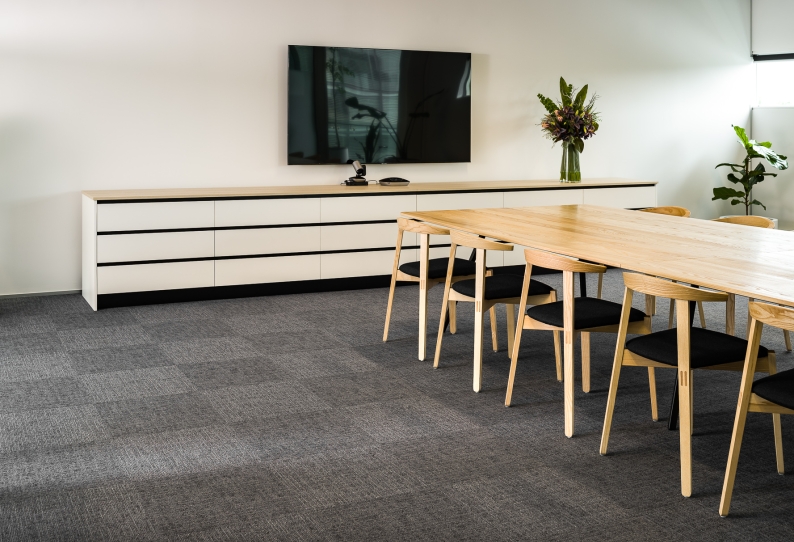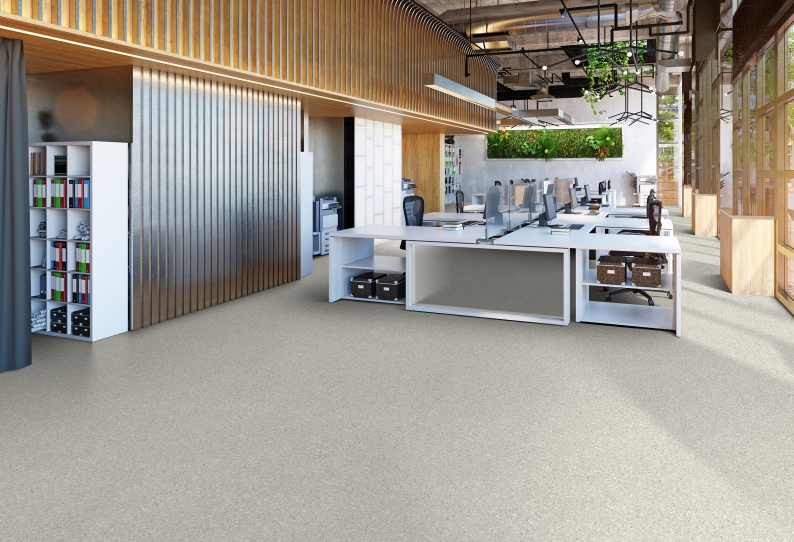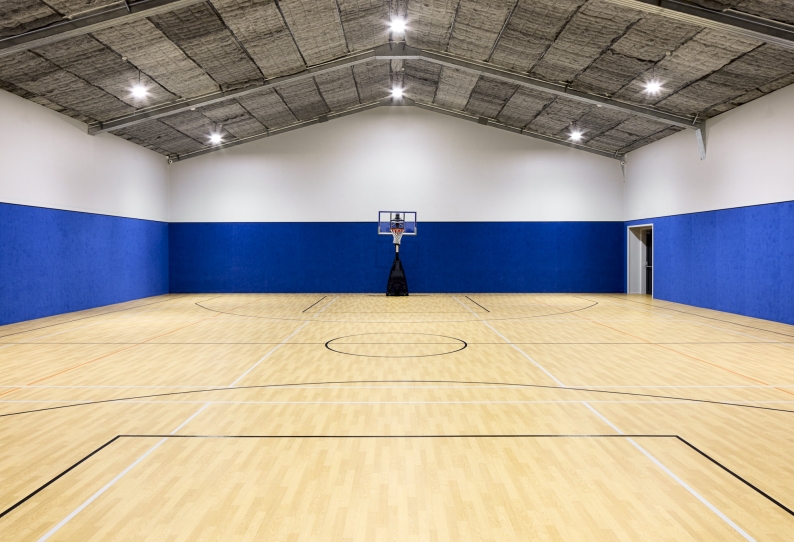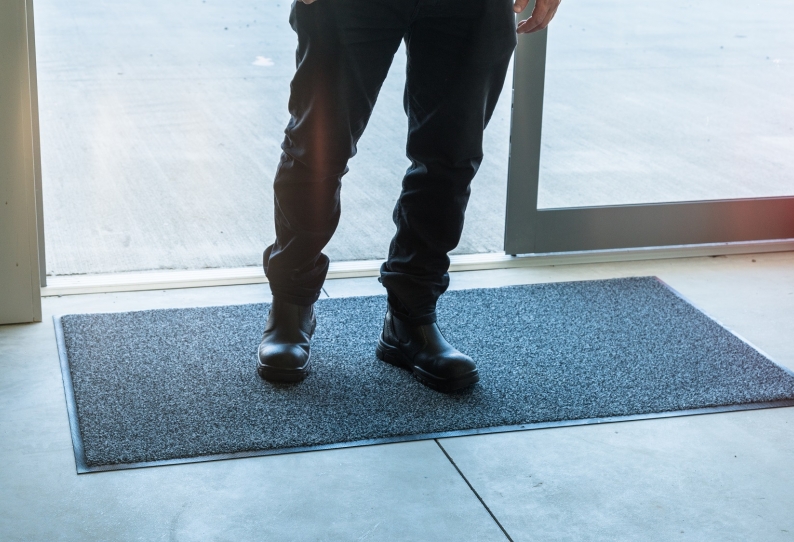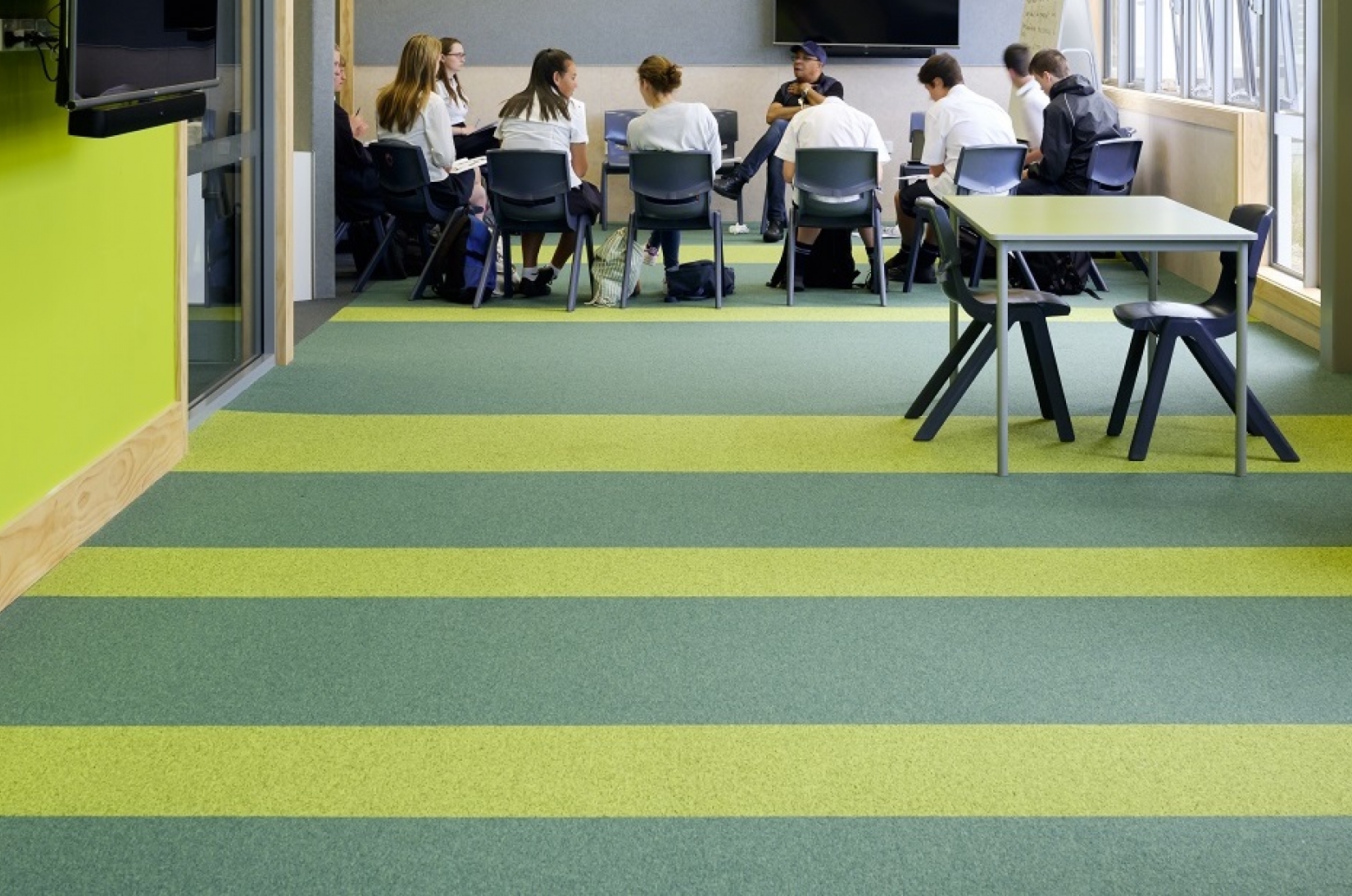
When choosing commercial carpet tiles, an overlooked factor is the light reflectance value (LRV) and the energy savings this can create. LRV measures how much of the ambient light a surface reflects back. The value is expressed as a percentage, 0 being a perfectly absorbent surface and 100 being a perfectly reflective surface; it’s the difference, for instance, between black velvet and a white fridge. So, the higher the number, the more light-reflective the surface.
Photometric equipment is typically used to measure the LRV of any material; influencing factors include colour, texture and material qualities, as well as tonal value. The standard for measuring and testing LRV is British Standard BS 8493:2008 Light Reflectance Value of a Surface.
Increasingly, the LRV is included in the point-of-sale specifications for carpet tiles and other floor or wall coverings. But why does it matter?
Highly reflective surfaces will save energy, because a brighter interior requires less lighting. Brightness is also ergonomically helpful, and this is particularly true of windowless spaces in commercial interiors, where maximising light is a huge benefit to workers.
Also, designers may opt for high-LRV surfaces to support the disabled or visually impaired. This is increasingly important in modern office spaces, which typically have fewer dividing walls than they used to, so a high-contrast environment – using LRV as well as colour and pattern – can help ensure people’s safety and guide their route.
One point to note is that paler surfaces need more cleaning (which, of course, consumes energy), so it is important to find a happy medium between ergonomics, energy efficiency and practicality when selecting materials.


